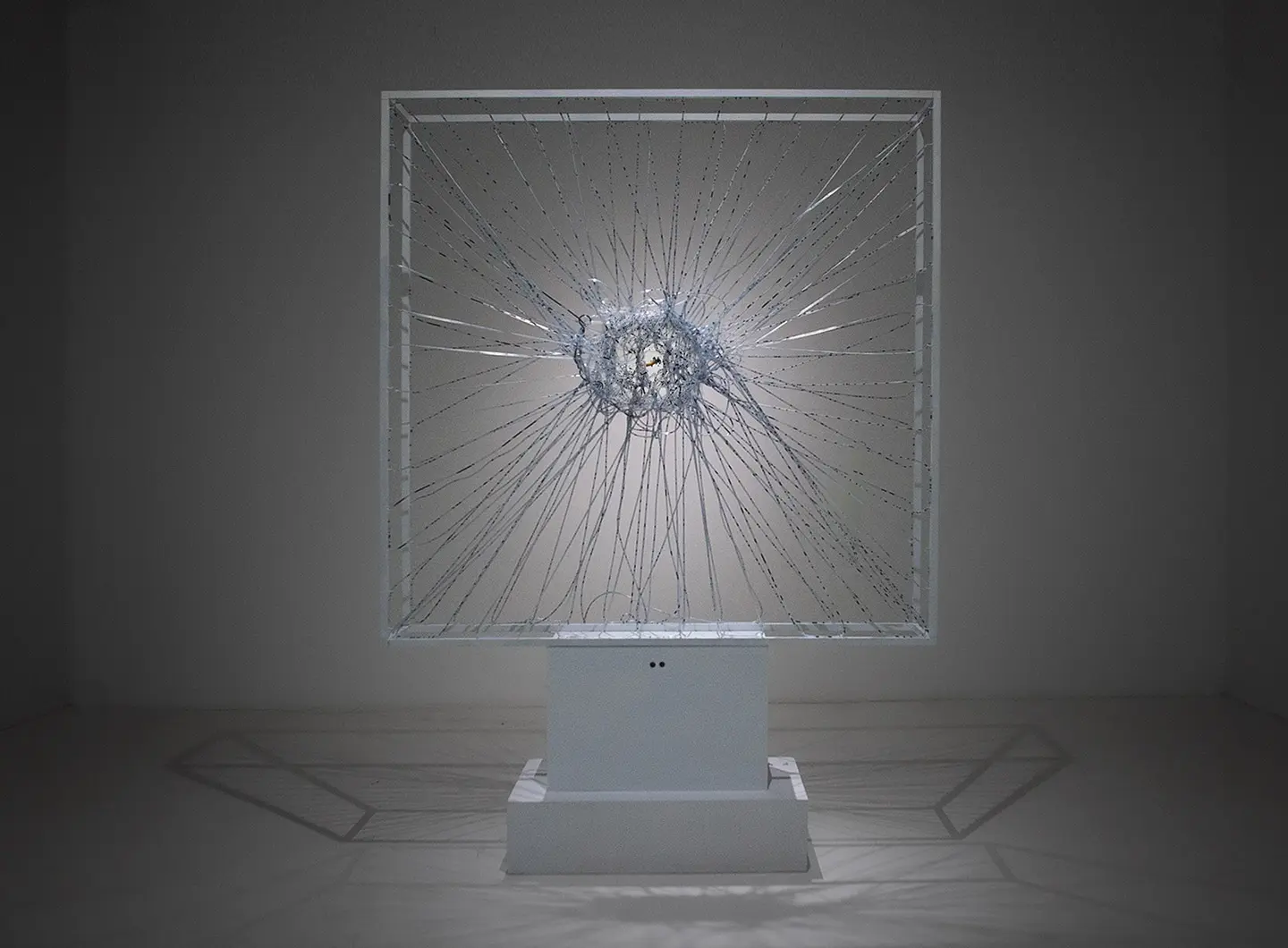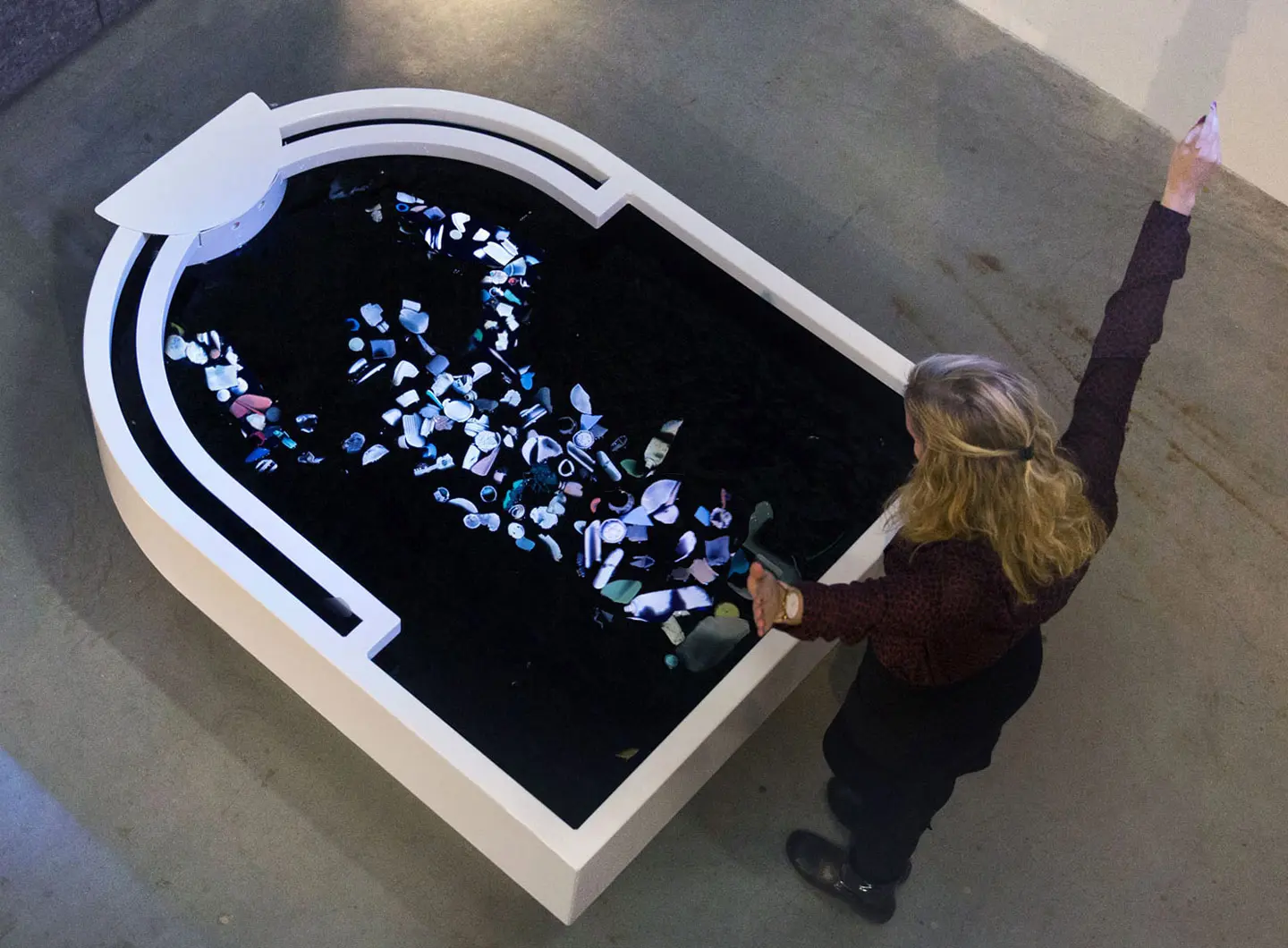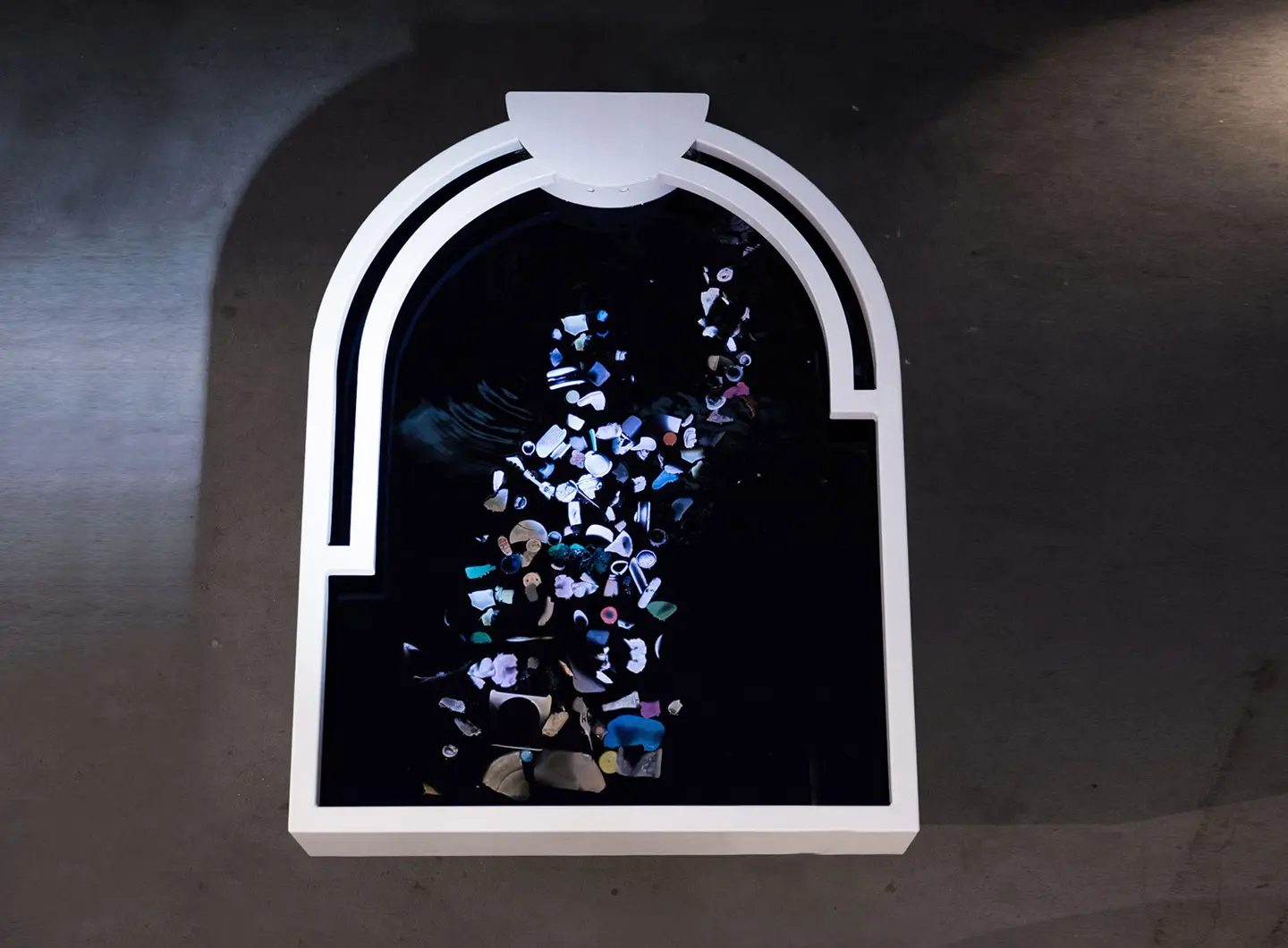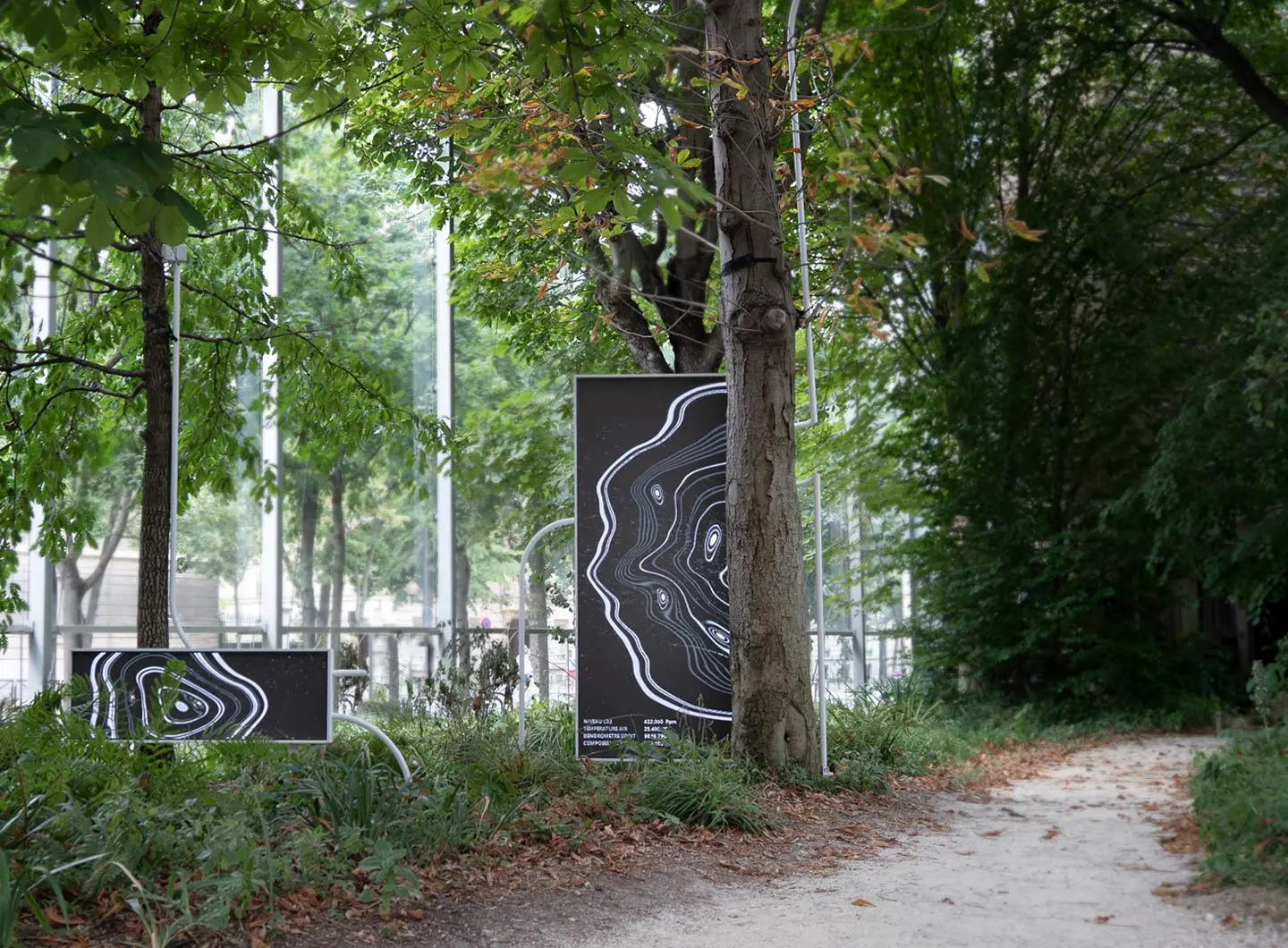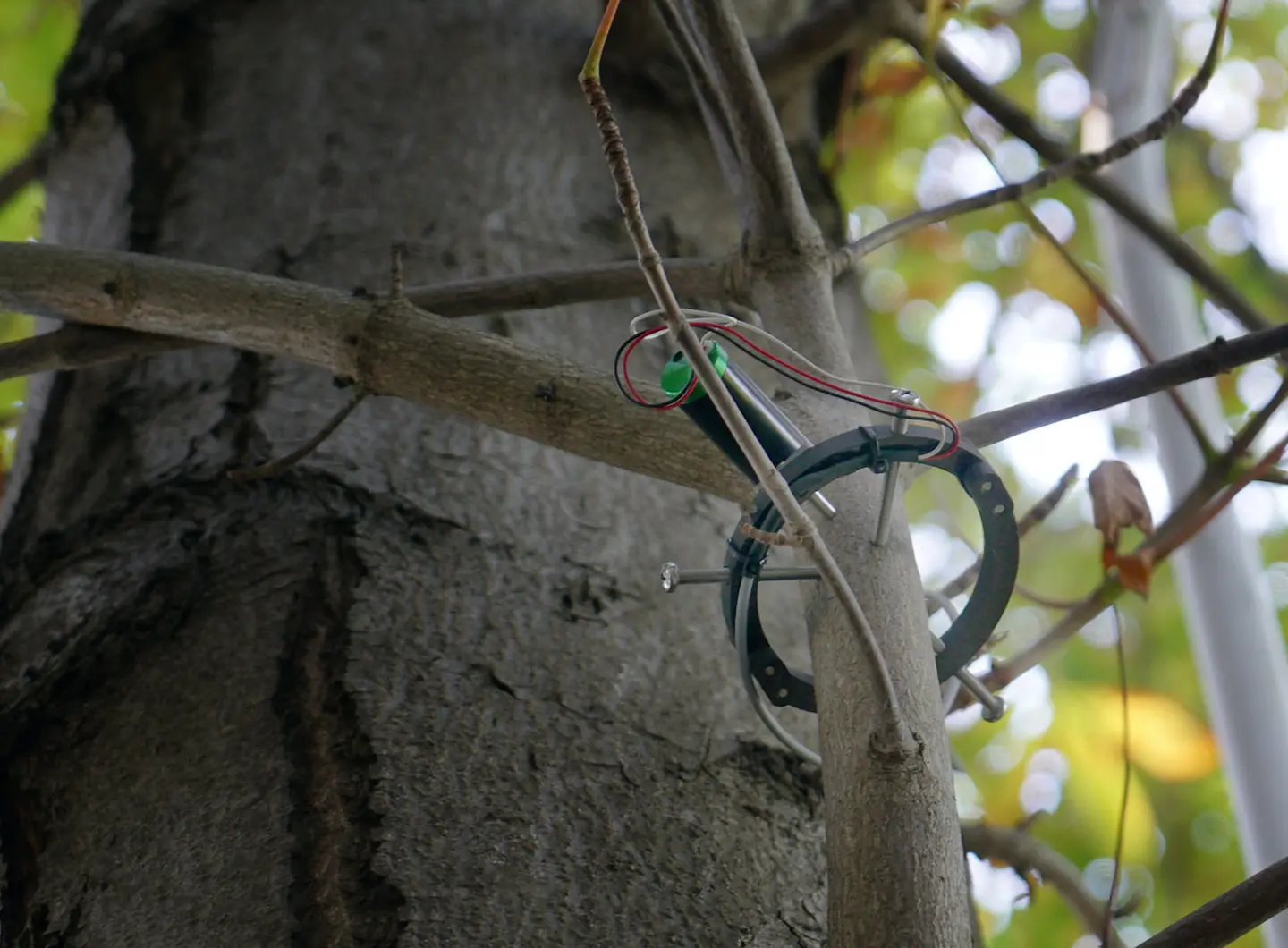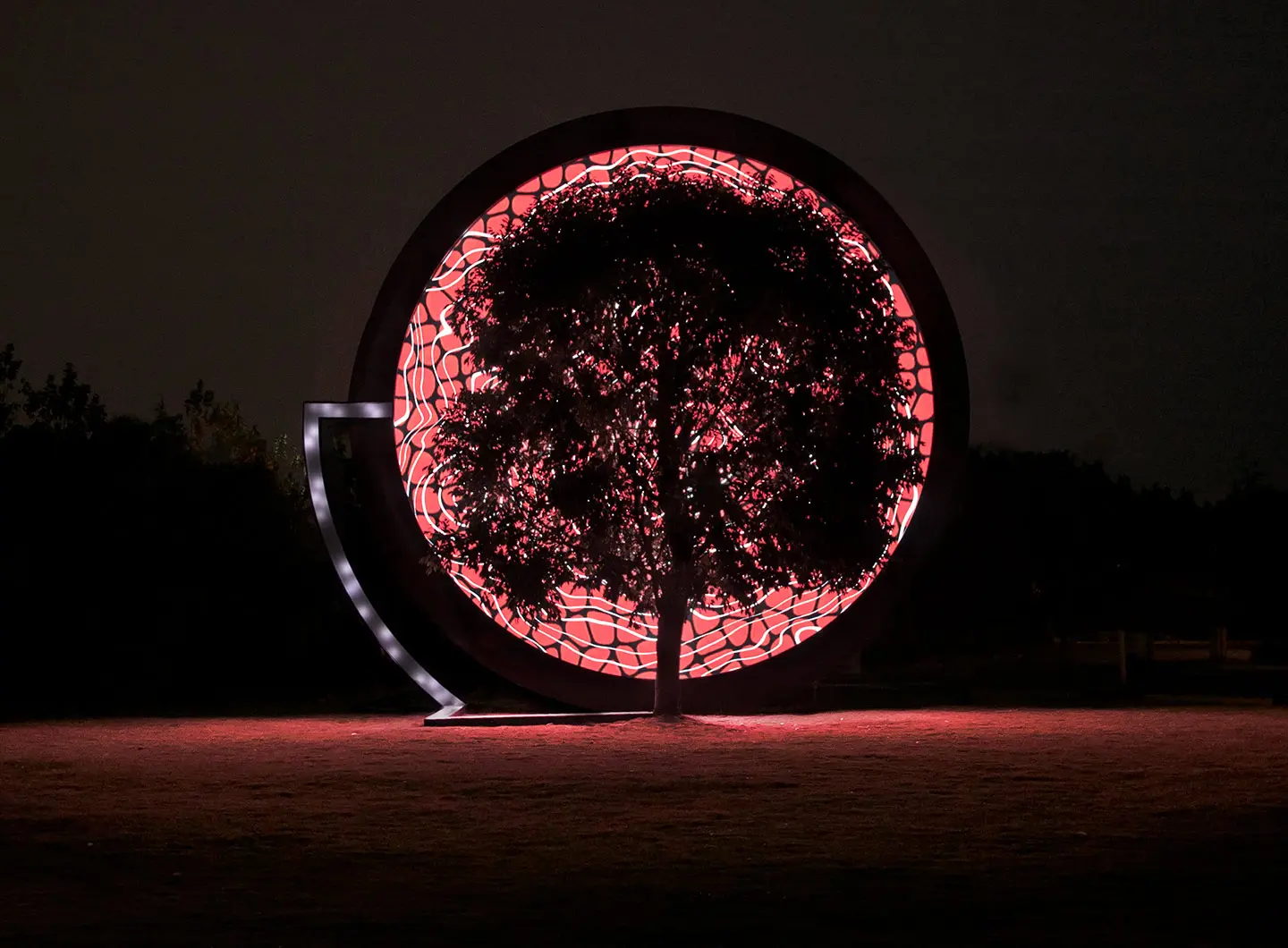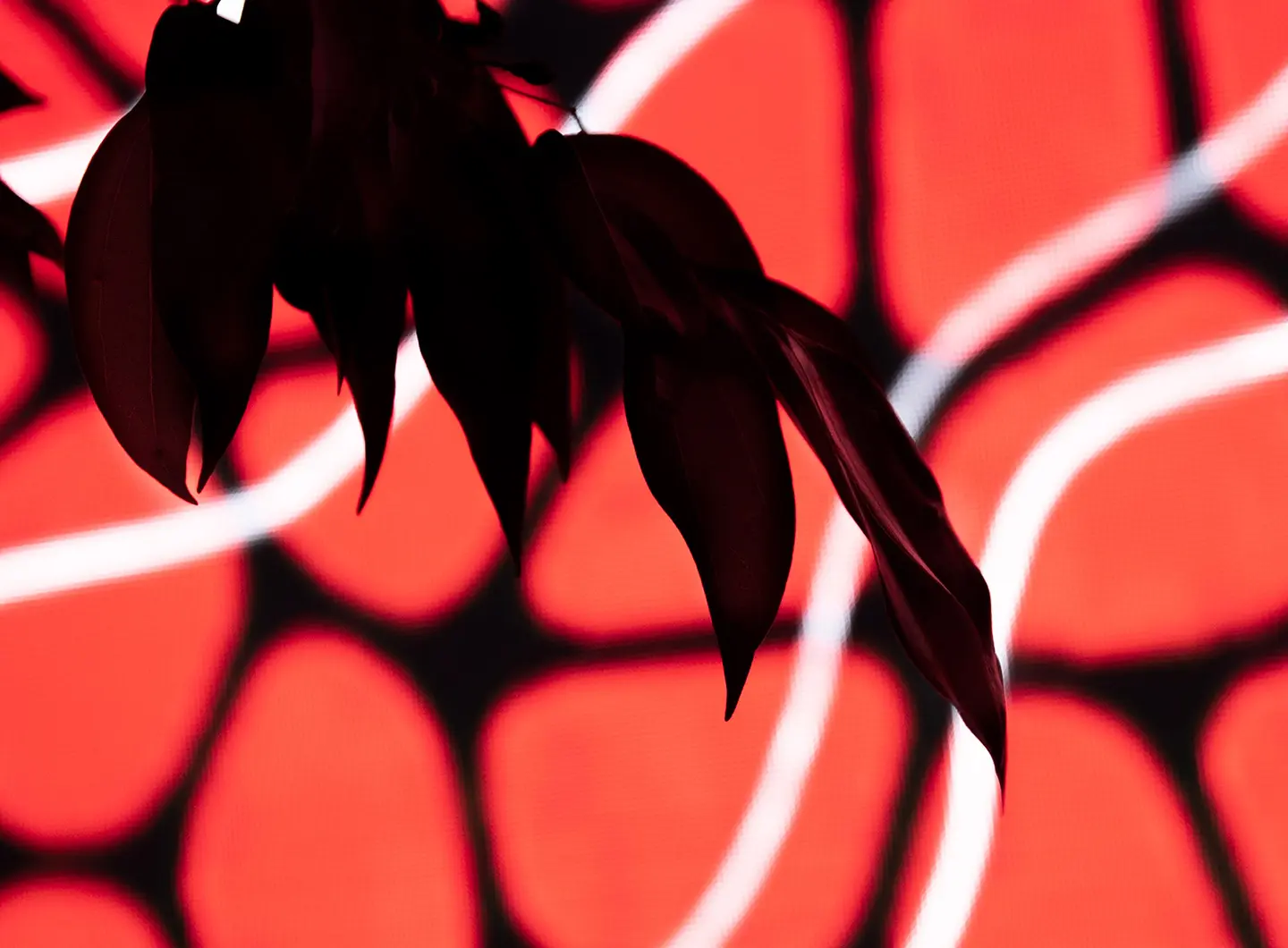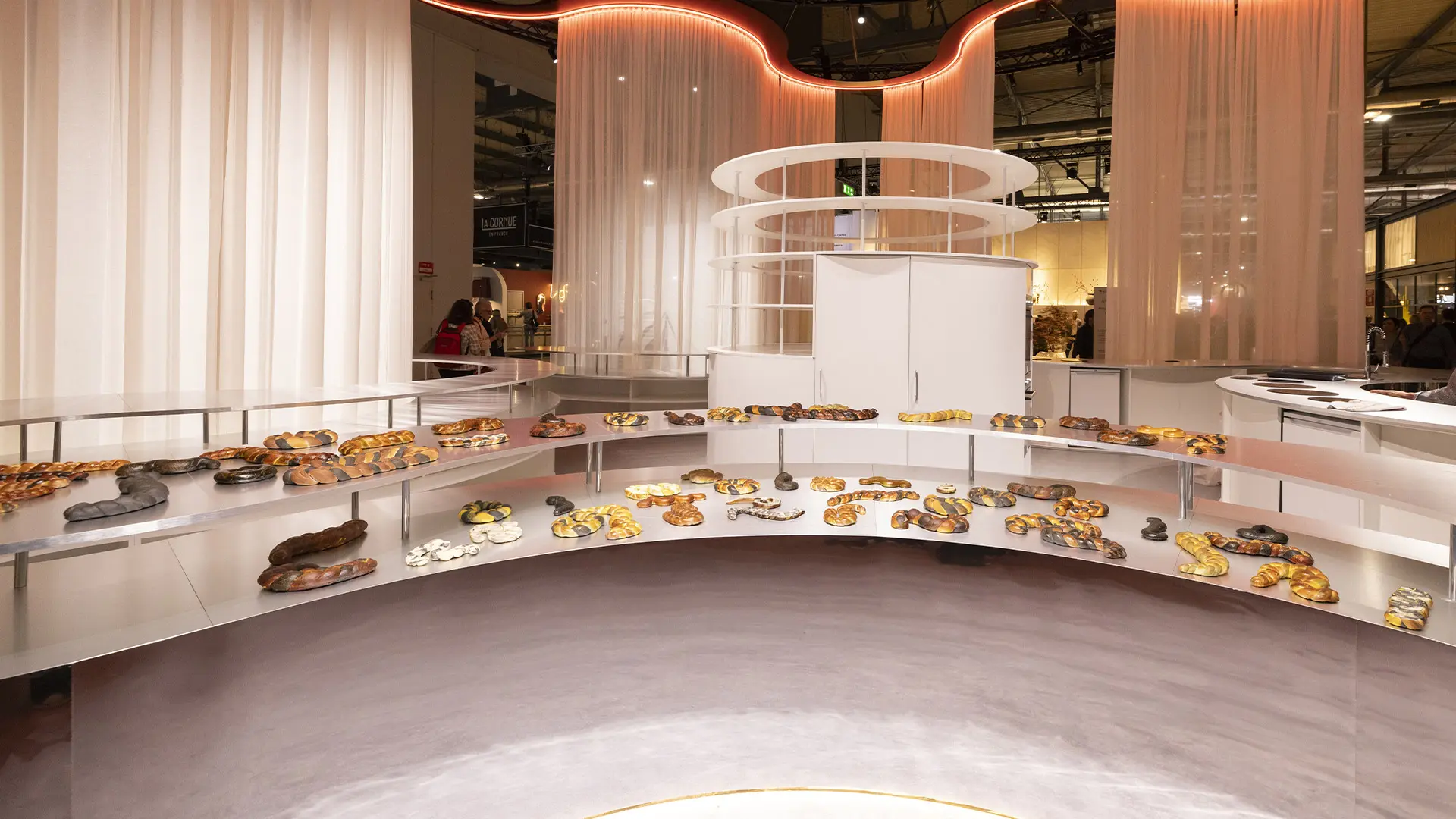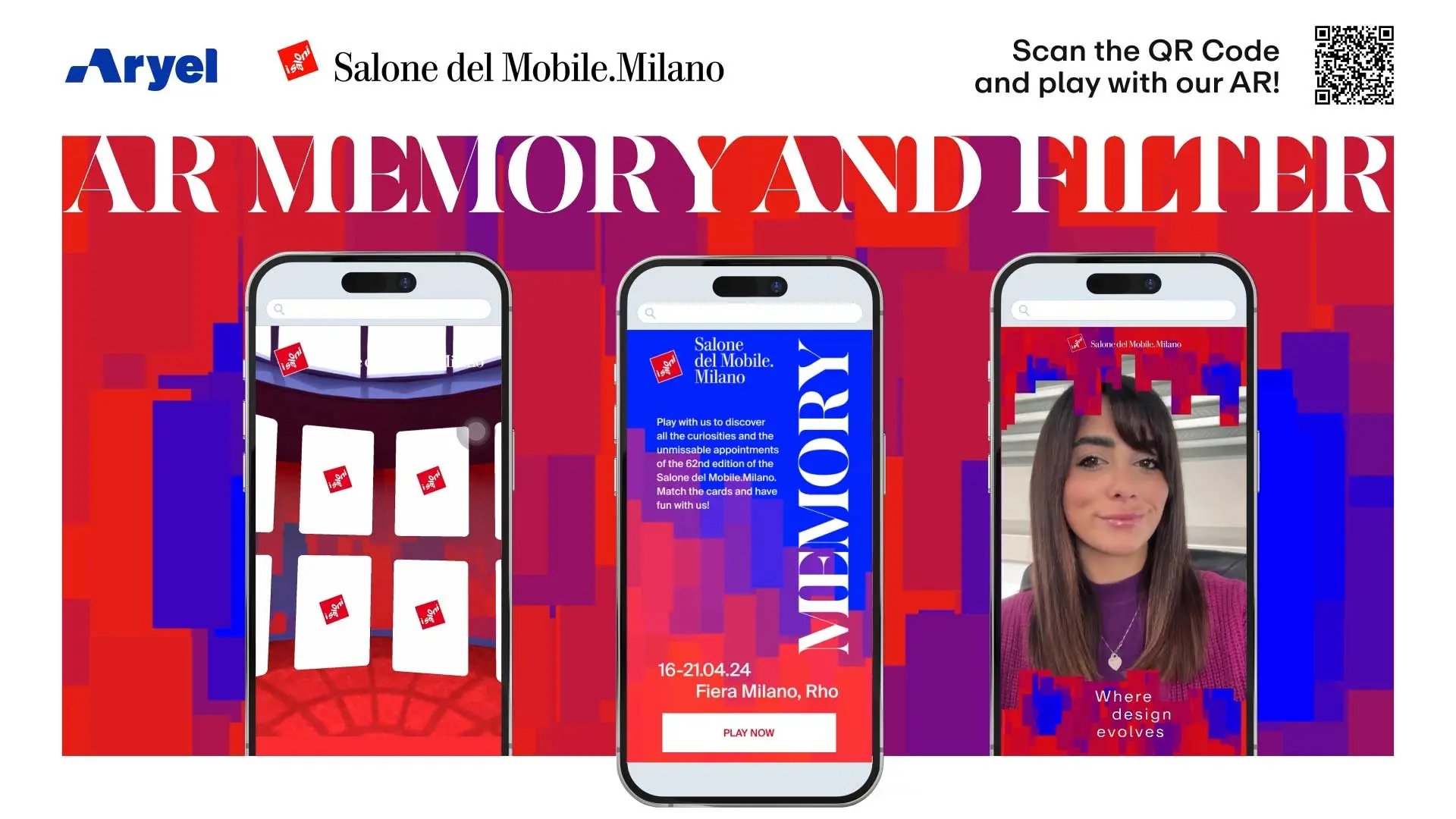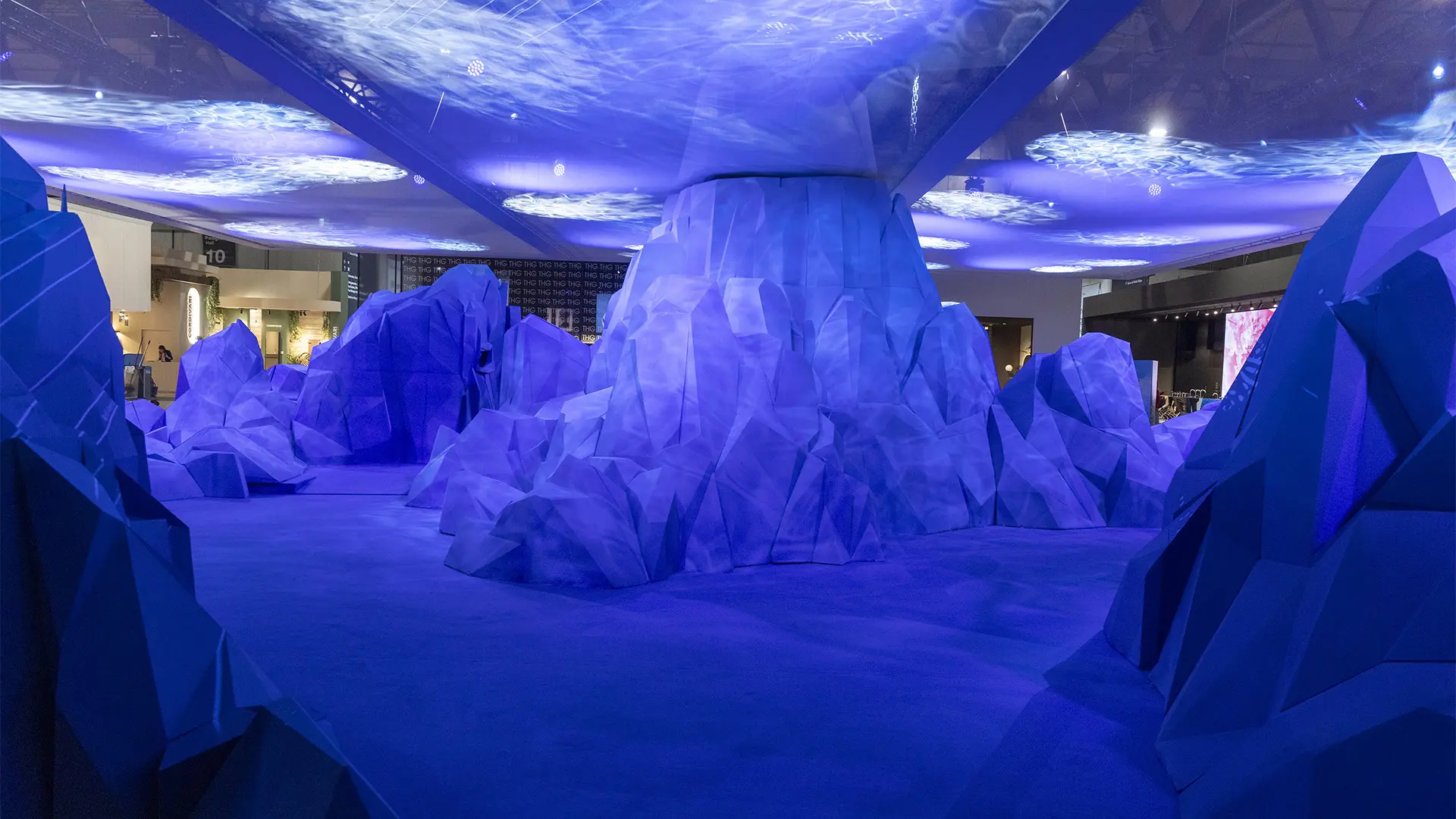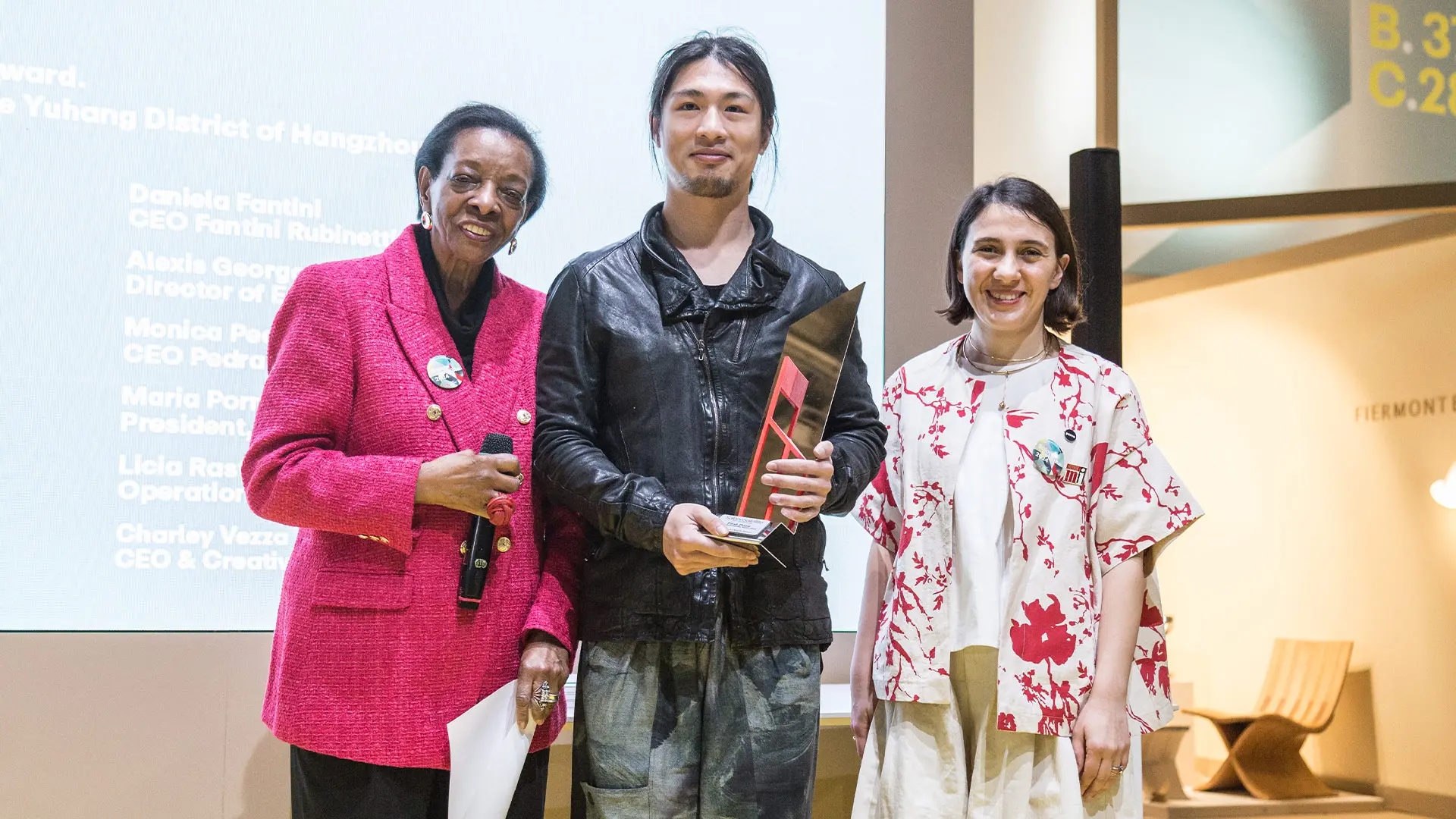Thijs Biersteker
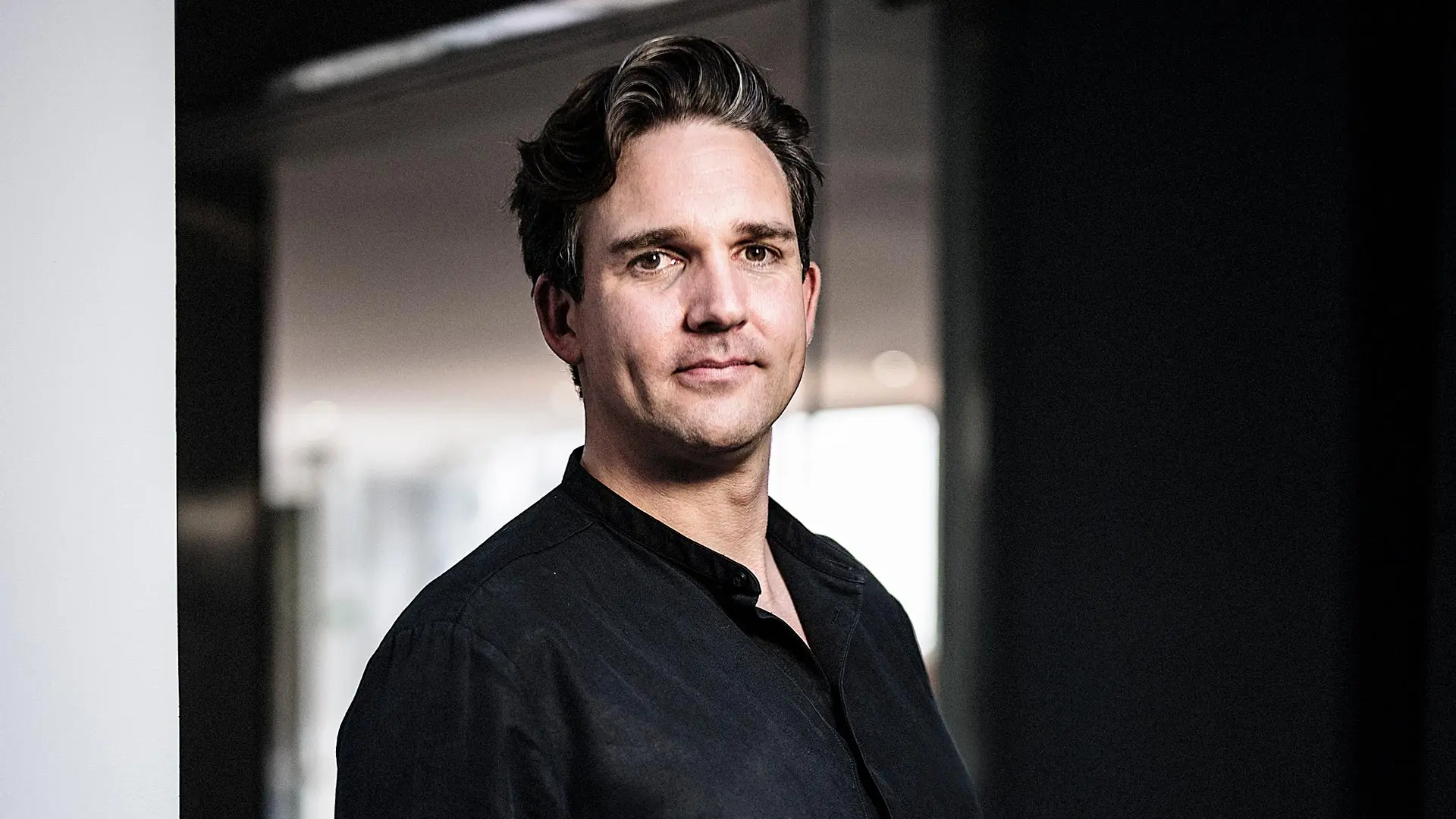
Photo by Edouard Caupeil
His name is Thijs Biersteker and he's the coolest digital artist of our times. He creates awareness art around the hottest contemporary issues, such as climate change, deforestation and pollution.
Thijs Biersteker is many “things.” A visionary, certainly, and, just as certainly, a great artist and an (interactive) designer. But he is also a poet. And, without a shadow of doubt, a modern warrior. That’s just a brief summary of the multifaceted soul of this Dutch eco-artist – he prefers to call himself an awareness artist – who uses digital technology to give a voice to nature and show how our flawed behaviours have a negative impact on the environment and on the climate. His work is a mixture of art and technology, it speaks of respect for the environment and looks to the future with interactive, compelling installations. Biersteker mixes sensors, scanners, extremely high resolution scanners, holograms, VR glasses and augmented reality with often natural elements such as trees, fog and tangible analogue objects. The uniqueness of his art lies in interpreting the intrinsic message in his objects. Other performers allow the viewer to decode the story of their works for themselves, whereas Biersteker’s message is powerful and clear from the outset. The imagination does not play on the meaning of the installation, but on the implications of its message for our world. The emphasis is always on the Eco and never on the Ego. Here are a couple of examples: Symbiosia, one of his latest works on the theme of climate change, in collaboration with plant neurobiologist Stefano Mancuso, was presented to the Cartier Foundation in Paris. It features two trees – a horse chestnut and a Turkey Oak – that “tell” what is happening inside them in real time. This is achieved thanks to sensors that detect their reaction to noise and air pollution. The other installation, Pollutive Ends, in Chengdu, was, as always, inspired by something that concerns him. Who has not tossed a cigarette butt on the ground at least once in their lives? Today, we can measure the impact of that stub, especially in China, where three and a half million people smoke (2.3 trillion cigarettes smoked in a single year - World Health Organisation data), and 67% of these cigarettes end up in the environment. Research shows that one single cigarette butt pollutes 150 litres of water and that, in one hour, a single litre of this water can kill 50% of the marine organisms it comes into contact with. In Pollutive Ends, the “polluted” water is pumped into a network of transparent tubes, the quantity corresponding to the number of people in the room at that particular moment. The message is distressing, but Biersteker always manages to put it across poetically so that the issue of pollution and climate change becomes accessible to people who feel small and impotent faced with such a vast and complex matter.
Hello, I’m Thijs Biersteker, a Dutch digital artist that creates awareness art about the most pressing issues of today, like climate change, deforestation and pollution. Basicly what I do is turning facts into emotions. Working with scientists, Universities or reading research papers I often find abstract and overwhelming facts about these urgent topics that fuel me to make work. I set out to turn these facts251 into tangible and relatable art installations into experiences. With them I aim to reach peoples core emotions, and hope that people start to act towards them. I think art plays a vital role in the change we need to make in the position humanity takes towards nature and the big challenges ahead.
I don’t see my mixture between technology, art and science as a specific approach.
I want to show the unknown that should be known. Uncovering the things unseen. The scientific facts function as my fuel, the technology and sensors as my way of building the bridge towards the spectator, you can see it as my paint. I love to create interactive work, it engages people on a deeper level, without their presence the works don’t exist.
Transdisciplinarity in contemporary art feels like a small niche right now especially as you are in awareness art or climate art like me. But I guess, well ... I hope it comes from the need to move towards a more ecosystem driven, symbiotic world view that results in a more collaborative effort towards reaching a bigger goal.
Art and science are meeting once again, during the time of the enlightenment ( stay with me here) the arts and science were considered the same, as they were constructing the building blocks of society and fundamentals we are still living by today. I’m a tutor at the Delft Technical University, and I see that in the beginning scientists and artists approach subjects with the same wonder. Then the scientist takes its research driven route and we as artist start going down the emotional path. I like the space where we meet again towards the end, and make something emotionally engaging as well as something educative.
A lot of the ecological disasters happening right now are hard to imagine, they feel big and distant, or they happen somewhere not visible for our eyes, in the midst of the ocean or rainforest. I want to turn these complex problems into relatable experiences. If I can give people a personal experience with one of these issues, it might create empathy, that can turn into activism, that possibly in the end contribute to change.
Scientists have been struggling with presenting their facts for a long time, we as artists, writers and storytellers should have joined them since the first prove of climate change was found in the 60’s. We have the facts, but the fuel for change will come from the imagination and the emotions build around these facts.
I spend as much time shaping the narrative as building the work. It might sound weird but I think when dealing with these issues it becomes overwhelming or doom and gloom pretty quickly. I love to create a world where I can make it personal and actionable again, where you don't fall only into sadness, but feel empowered to take action. The language I use in my art gives you a christal clear starting point from where your imagination can wander away.
To produce the works in the most sustainable and conscious way is something we’re always working on and evolving in. You have to settle for the fact that whatever you make will negatively impact the world in some way. But after all these years we, my studio Woven and I, have gained a lot of knowledge in this field and produce the works in the best way possible, taking into account the impact, the disassembly and the circularity of the designs. We now start to get a lot of requests from museums and architects to help them curate and create work that is sustainable ,circluir and does not do as much damage to the world as normal shows do.
We just opened Woven Studio, our sustainable digital studio, to help museums, architects, cities and brands to create meaningful and sustainable experiences… It's a big step, so I’m overly excited. We are working on new work about deforestation in the Amazon, and have conversations with scientists about big research projects they have been working on for years, and want to bring to the public in a way that it really reaches the public.. I would love to do that even more.


